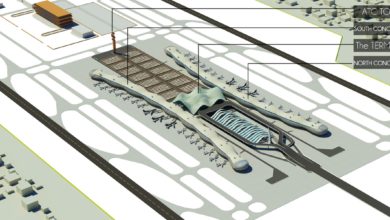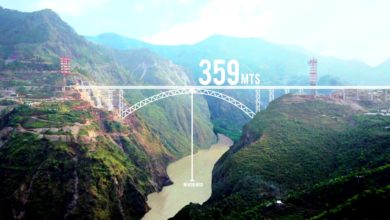Premium FAR near Metro stations – A real estate opportunity?

The provisional master plan for Bengaluru 2031 primarily focuses on a strategy that aims to minimise commercialisation in the core city and plans for development and economic activities in the peripheral regions. The task at hand, therefore, is to facilitate multi-directional traffic flow in different directions. The strategy adopted includes a slew of new arterial roads including radial roads and ring roads, to promote development around these infrastructure initiatives. The travel pattern planned for the city proposes to increase the share of public transport from the present 48% to almost 68 – 70%. An extensive metro rail network, with close to 321.9 km of metro lines, has been proposed in order to achieve this shift. Thus, the metro rail, coupled with monorail and BRTS corridors, would create multi-modal interchanges and provide a boost to connectivity through public transportation.
Besides improvement of infrastructure, the provisional master plan also harbours potential for increased real estate activity in the city. In a bid to promote development around the metro stations, the master plan provides for a premium FAR applicable to all properties within a radius of 150 m from the edge of the metro terminals, for properties falling in Planning Zone B (area between Outer Ring Road and the conurbation limits). The move is an attempt towards promoting Transit Oriented Development within the city. It is in line with the vision of significantly increasing the number of individuals using public transport on a regular basis.
The maximum FAR allowable for such properties is capped at 4. This is applicable to all permissible land uses, irrespective of the FAR applicable for their respective uses. The charges for the additional FAR over and above the base FAR available would be as per the rates disclosed by the government and are subject to change. This move is sure to earn the government additional revenue, which is proposed to be utilized for development of public infrastructure in the city. However, this extra cost is to be borne by the developer and may eventually be passed down to the end user pushing up prices of real estate around metro stations. With real estate prices already considerably higher in these locations, it remains to be seen if the move benefits in the long run or if it proves to be a quick-fix program by the government to earn additional revenue.




